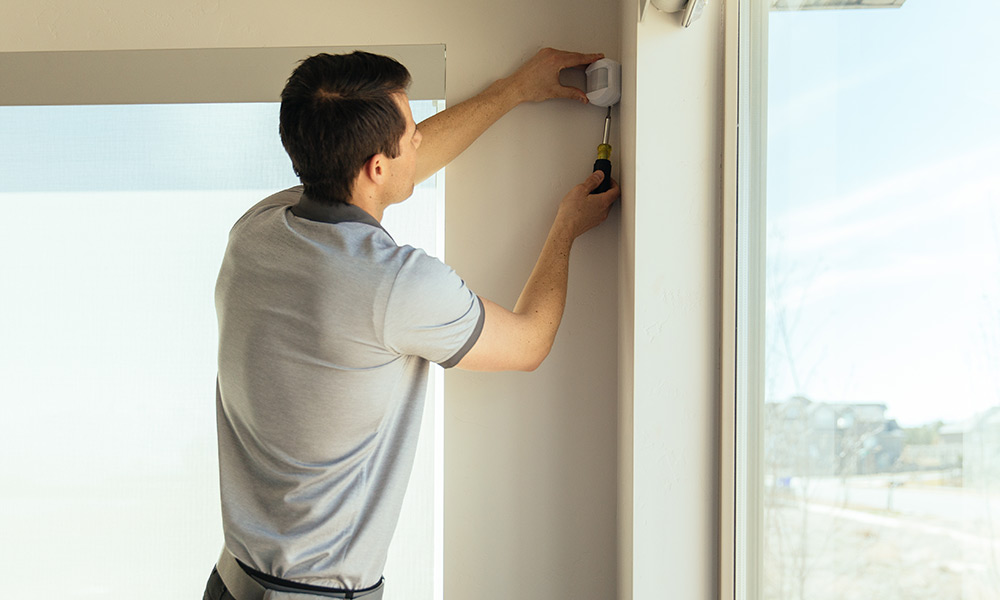
T&E – Remote Monitoring and Alerts

CarerLinks Carer Portal
Supporting Carers to Live Well
Equipment could be a great idea for those that want to keep their independence
Installing equipment into your loved ones home can make your life easier by allowing you to have a much needed break. Specialist equipment will alert you if something has happened or if they need assistance.
There are many different types of monitoring equipment, making it hard to narrow them down! There will be something out there for everyone so doing your research on what is out there is crucial in finding the best option. Some units can be fitted as part of a system that can incorporate two or more different pieces of equipment, or you can have a singular unit installed.
Below is a list of the most common types of monitoring and alert systems. You can find more options either by speaking to one of our team or researching them online.
-
Passive Infra-red Detectors (PIR)
PIR detectors are installed onto walls and can monitor any kind of activity. They are able to tell you whether someone is active and what room they are in. PIR detectors can also inform you if someone else enters the property.
They can be a great option for people who are working carers or those who don’t live with the person they are caring for. It can also be an option for people who want to keep their independence but still require some amount of care.
You can find these detectors in home and electrical stores, specialist health and care product providers and independent product providers. Some energy and security providers will also have PIR detectors.
-
Fall Detectors
Fall detectors are a piece of equipment that can be worn by the person you are caring for. The sensors will detect if they have fallen and alert either you, as the carer, or a 24 hour monitoring and response centre. This will be sent immediately, giving yourself or the monitoring team chance to react.
These detectors are for people who live independently or for those that spend periods of time away from the person they care for.
Fall detectors can be found from either specialist health and care product providers or online independent providers.
-
Panic Buttons
Panic buttons are alarmed buttons that are placed either by the side of someone’s bed or near to the front door. They can be used in the event of a break-in or any other kind of serious problem. Panic buttons can also be used if someone threatening or dangerous approaches the front door.
These alarms are for people who live independently or spend long periods alone. They are a great way of giving yourself reassurance as help is only a button away.
Panic buttons can be found from home and electrical stores, security product providers and specialist / independent health and care product providers.
-
Alarms, Pendants and Pull Cords
Much like a panic button, each one of these works by being pressed by the person you are caring for to alert for assistance. Once pressed they will send alerts to either you, as the carer, or a 24 hour monitoring and response team.
Like most, personal alarms are a great option for those that live independently or spend long periods alone. They can also be a great solution for those that have trouble with getting around or be more likely to have a fall or emergency.
Before purchasing any of these, you need to make sure that you’re buying one that is compatible with your landline. Most alarm services still run over traditional phone lines and can’t be converted easily.
To find personal alarms, pendants and pull cords you will have to go to a specialist or independent health and care product provider directly.

